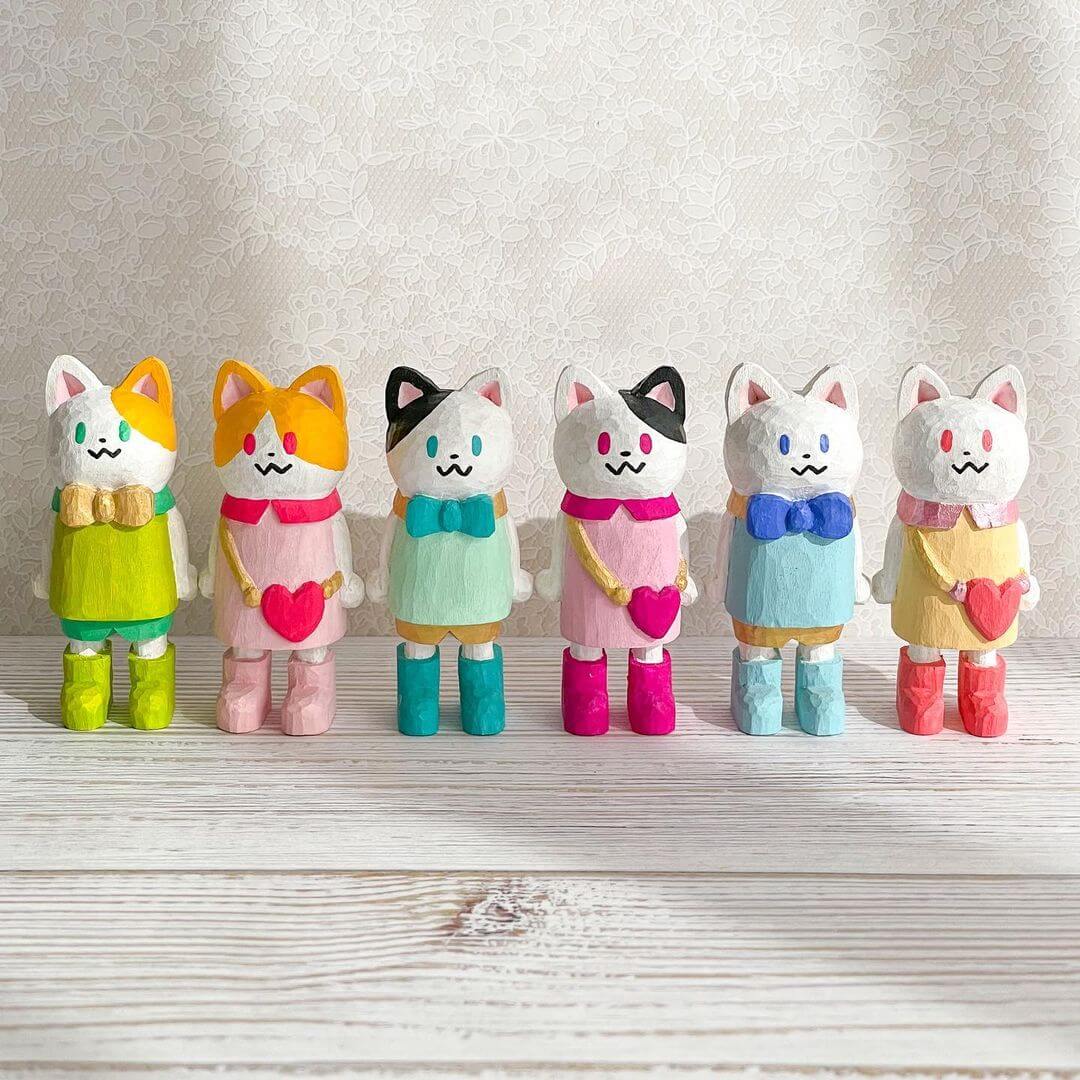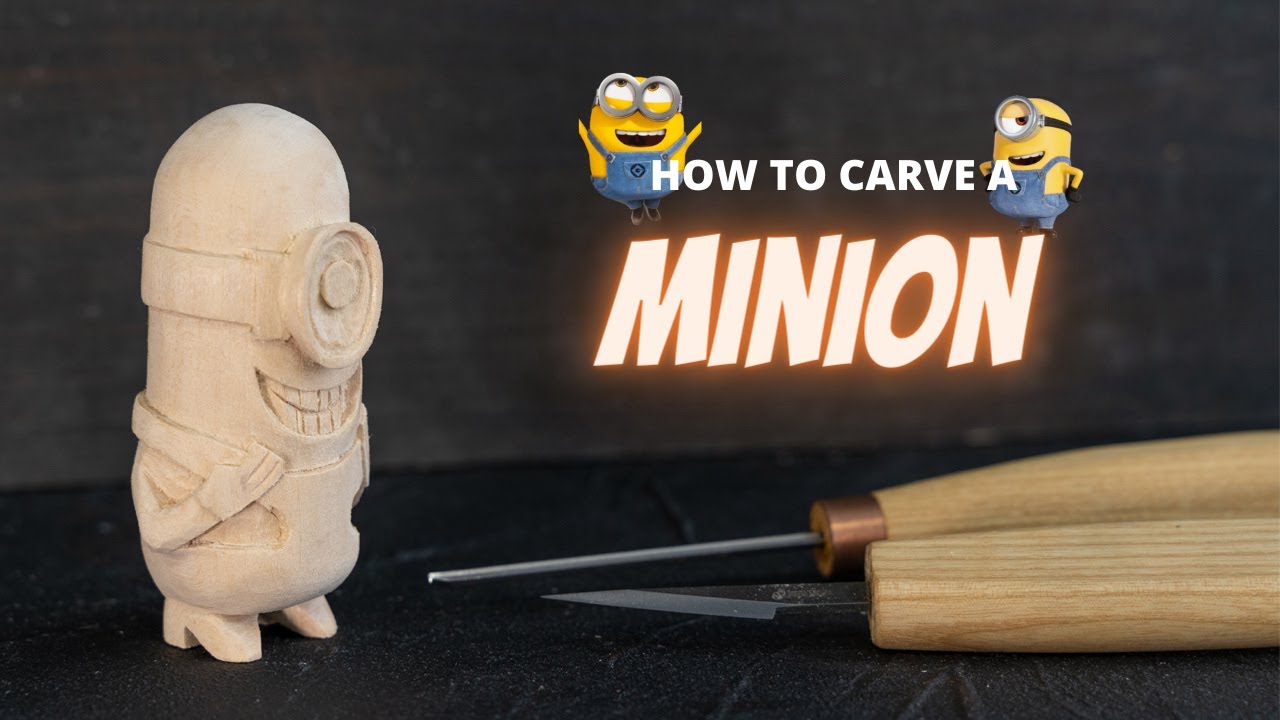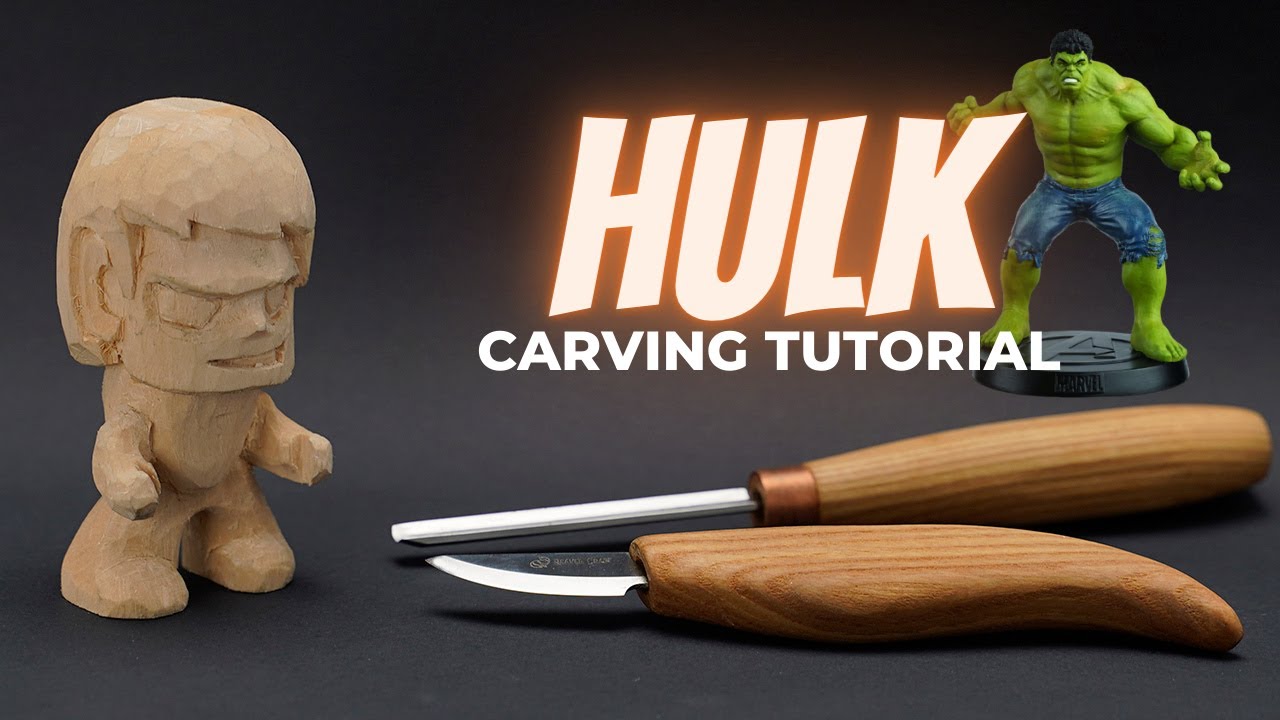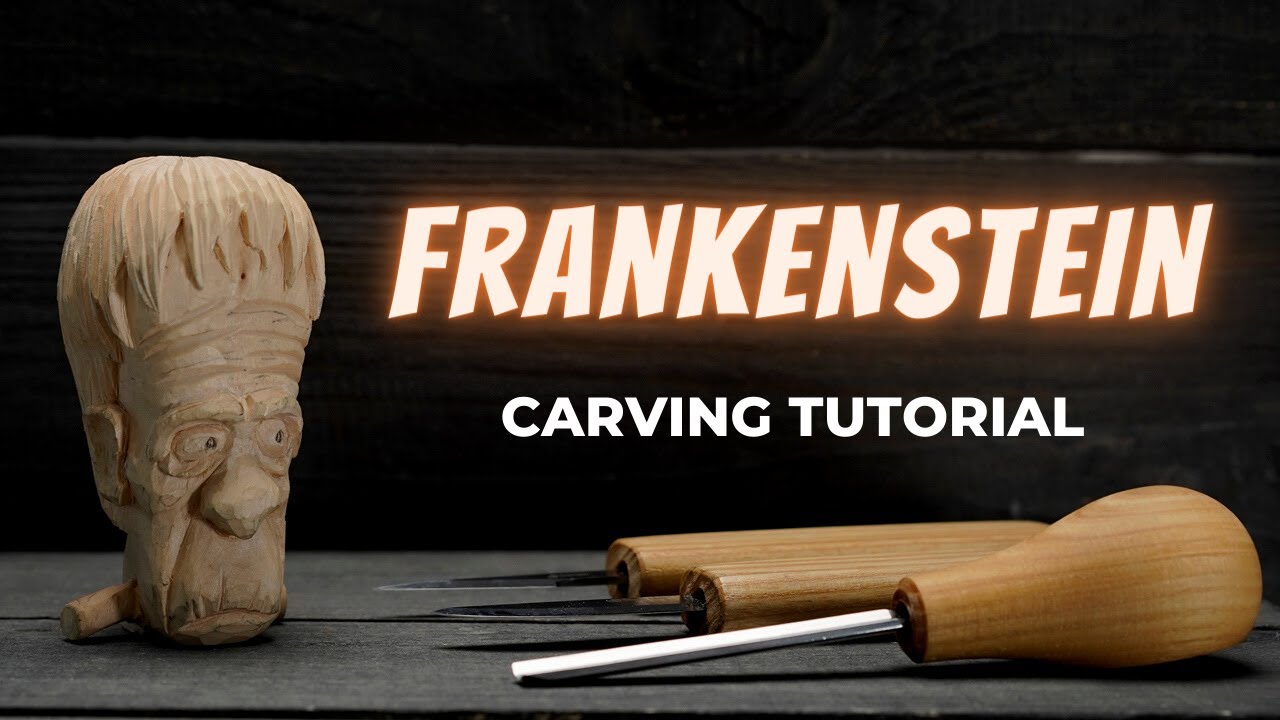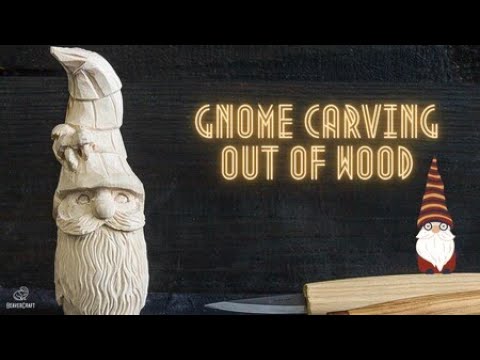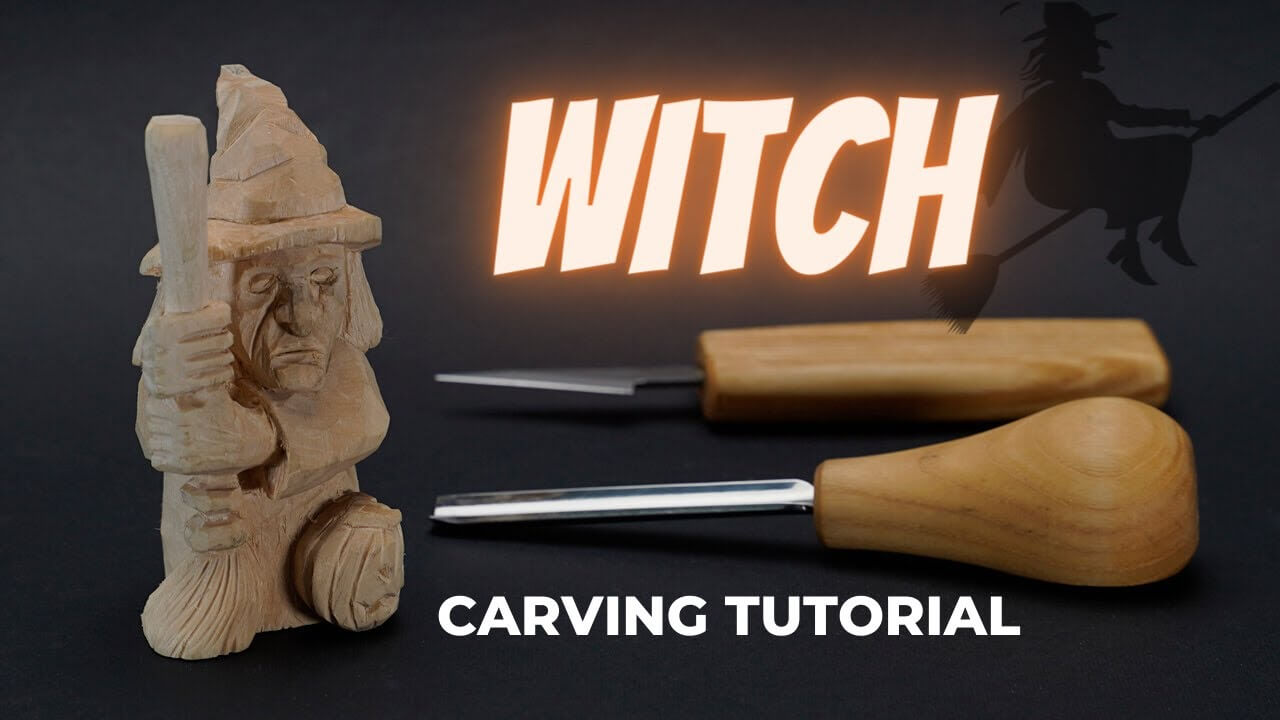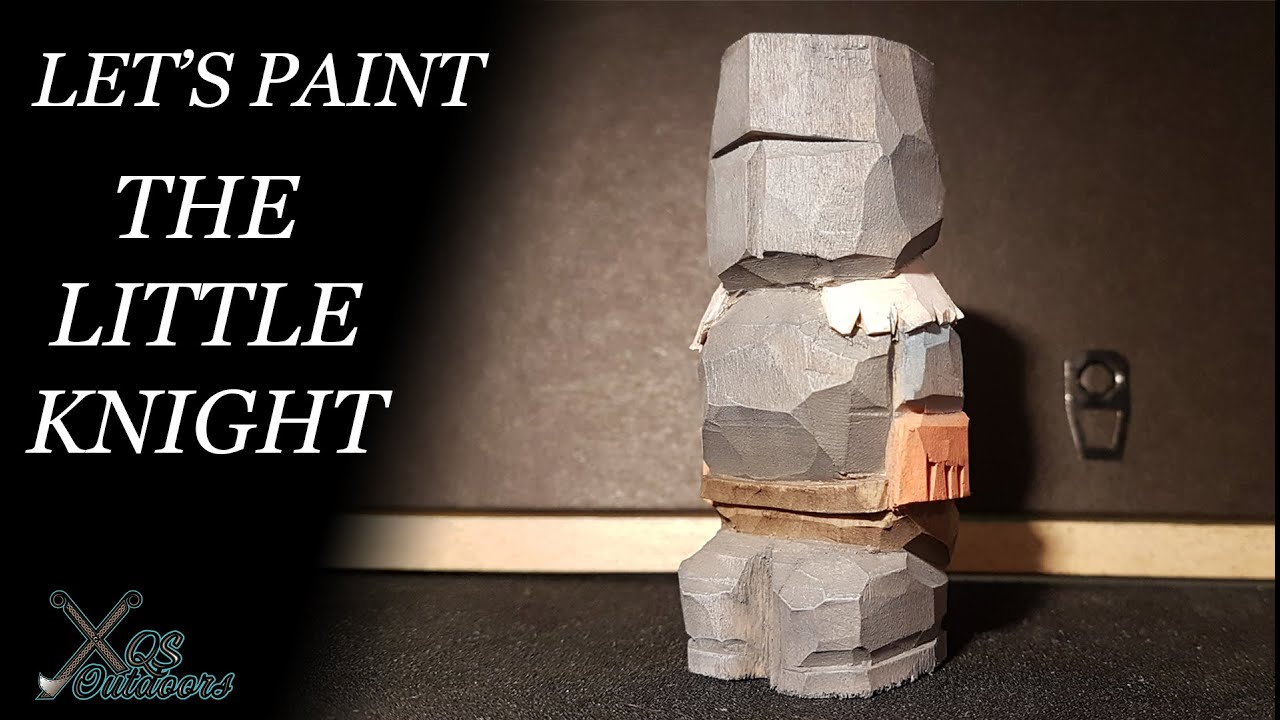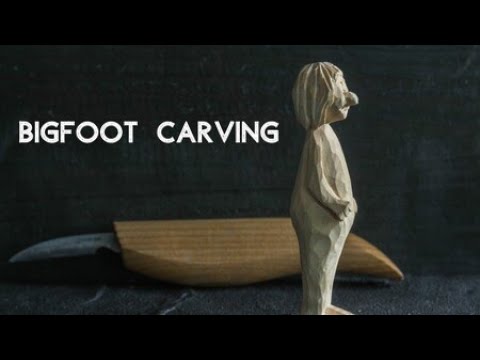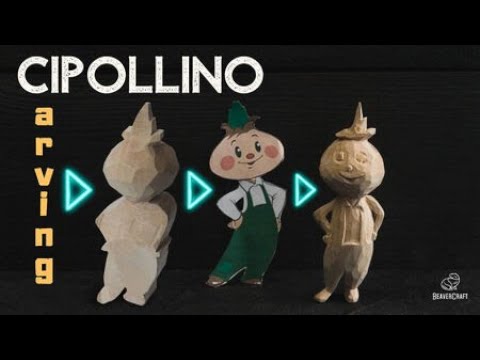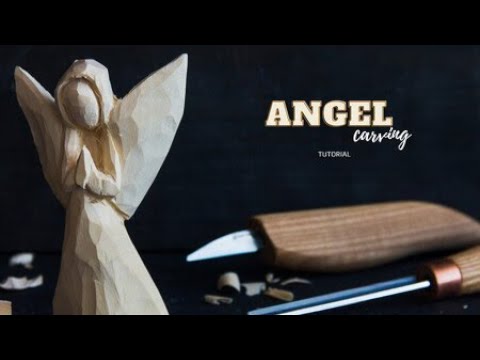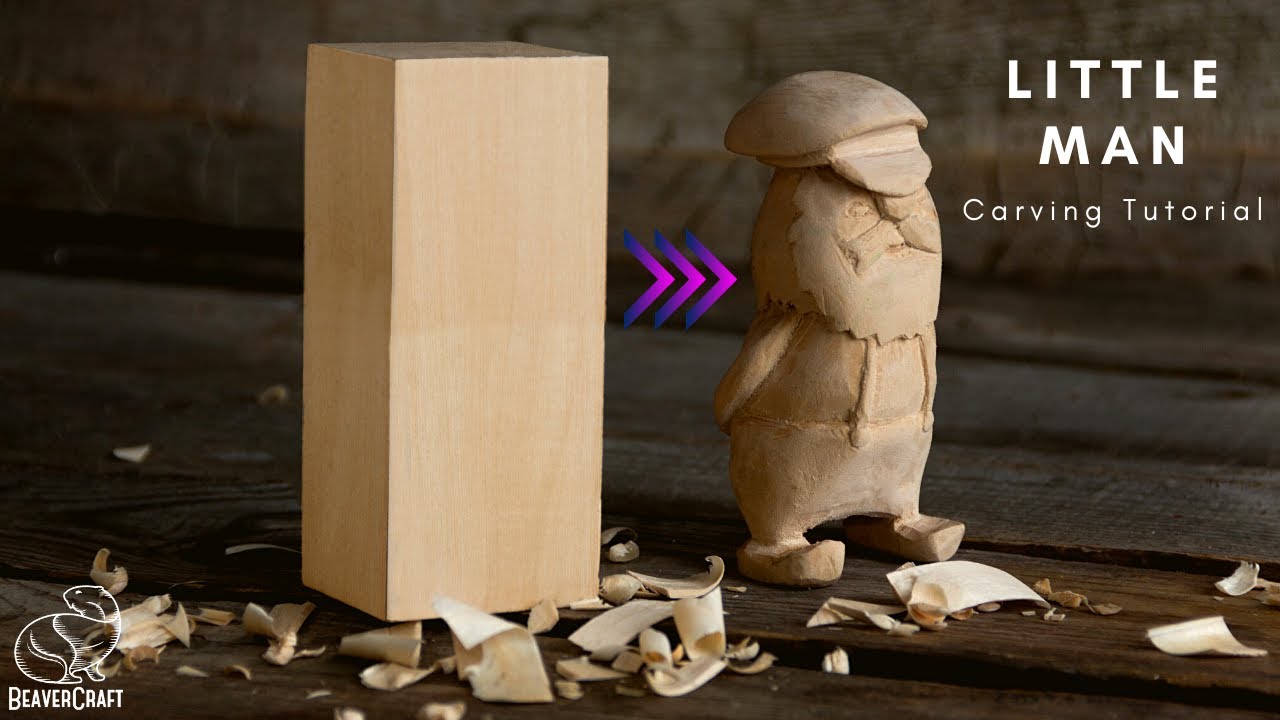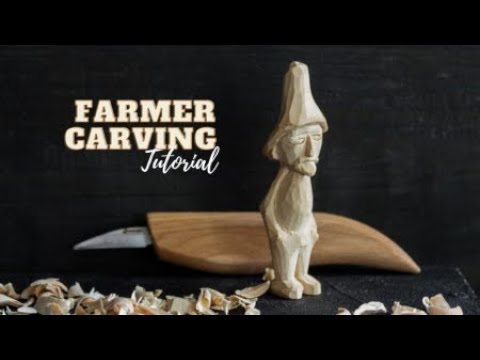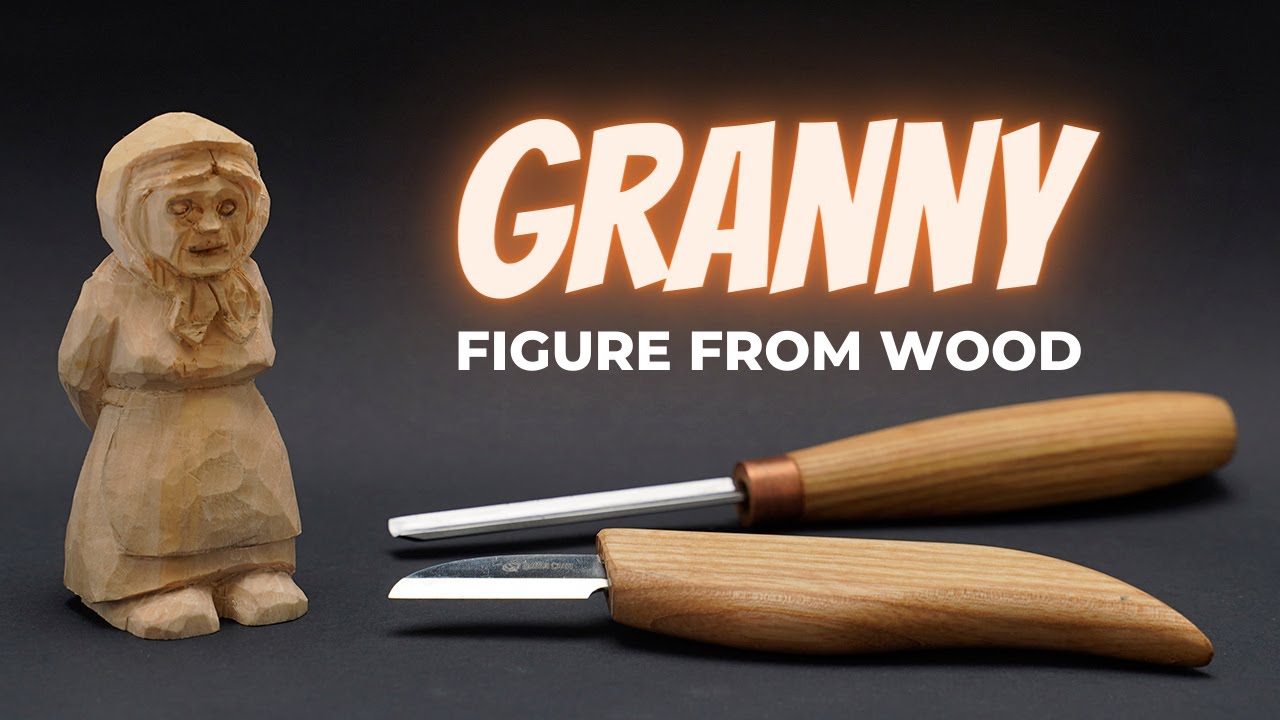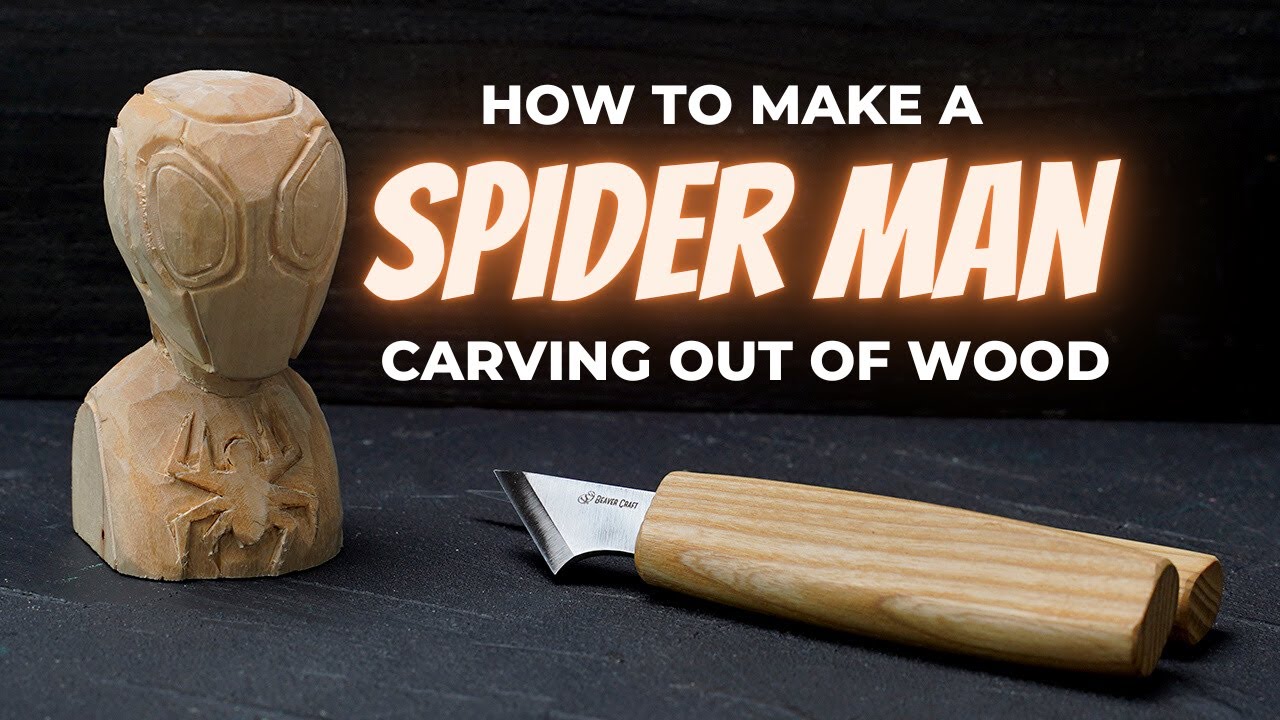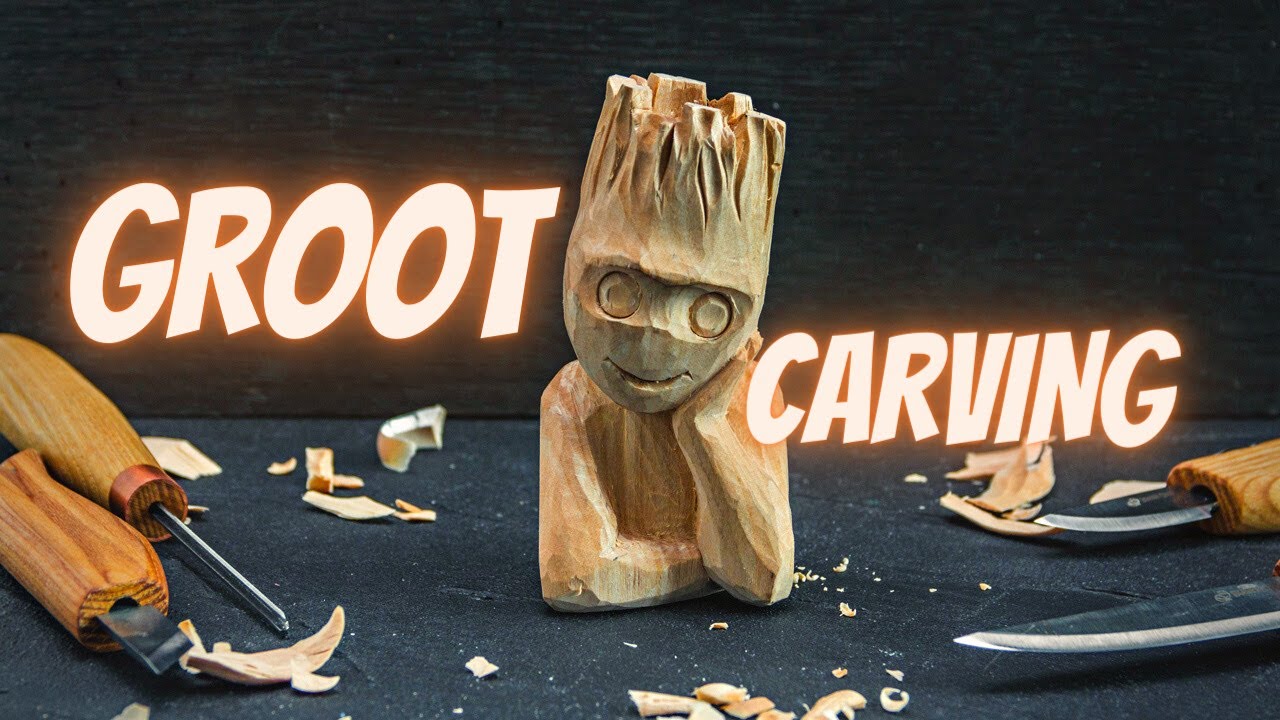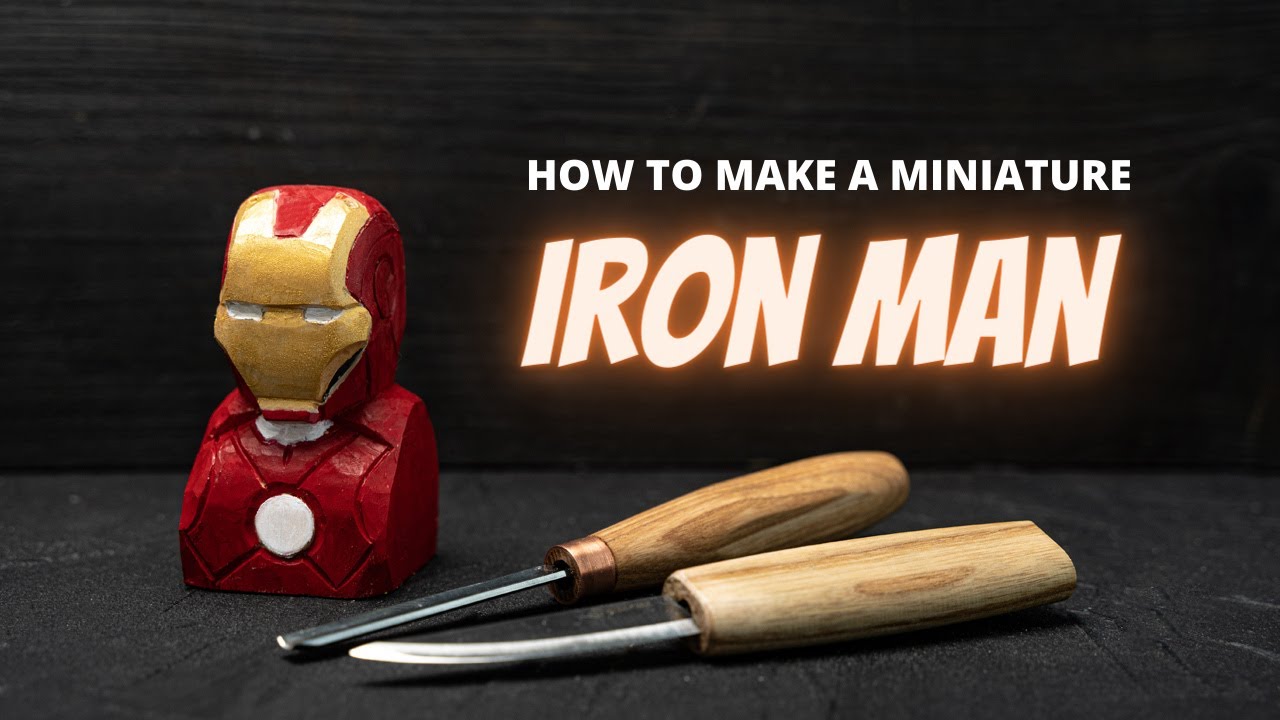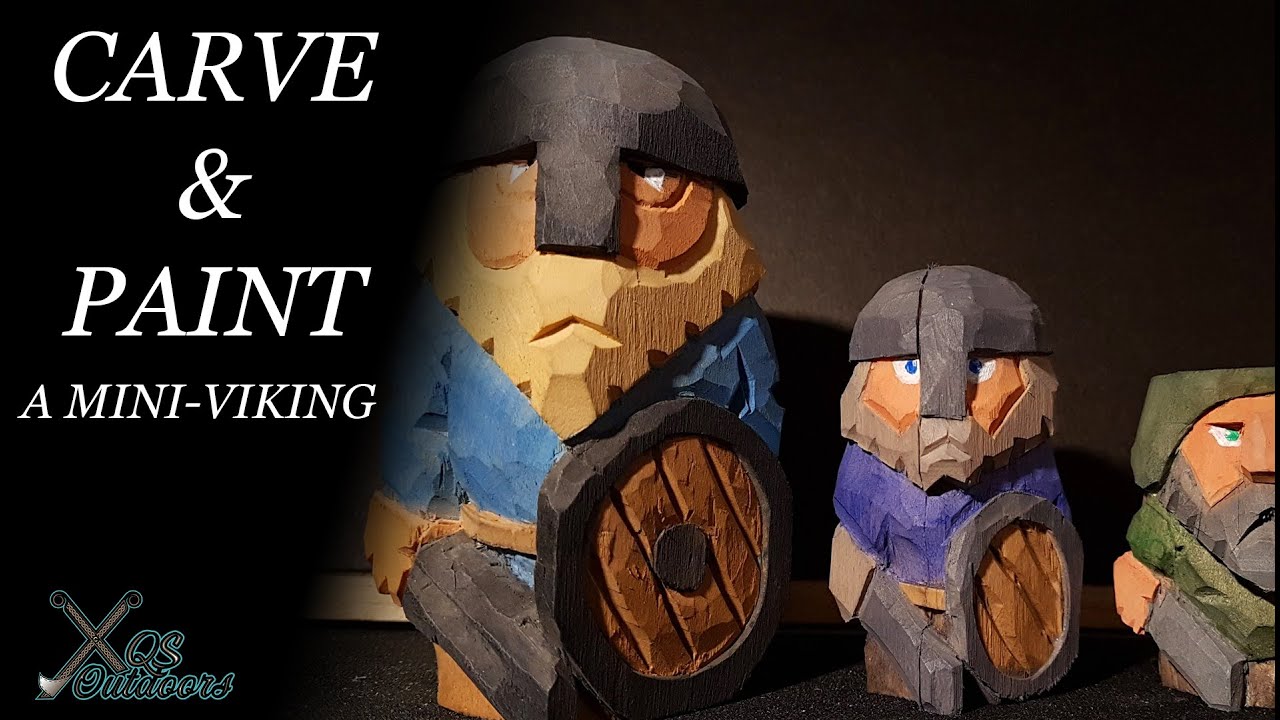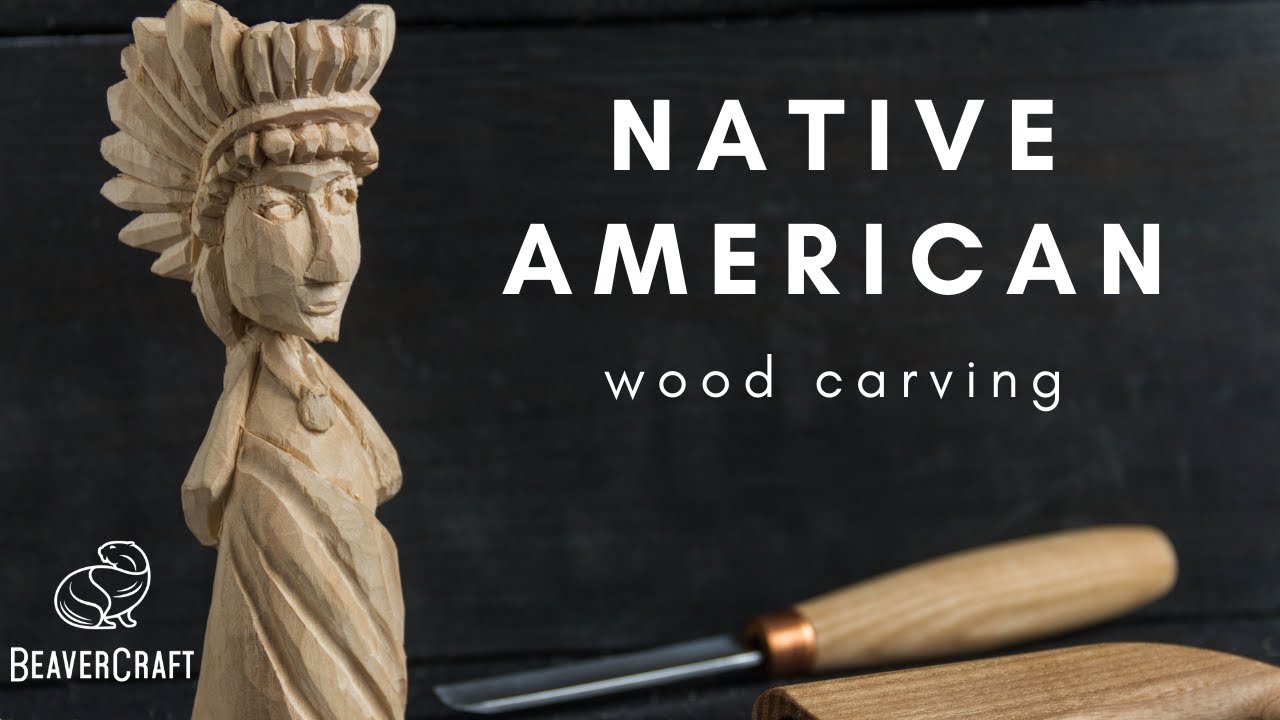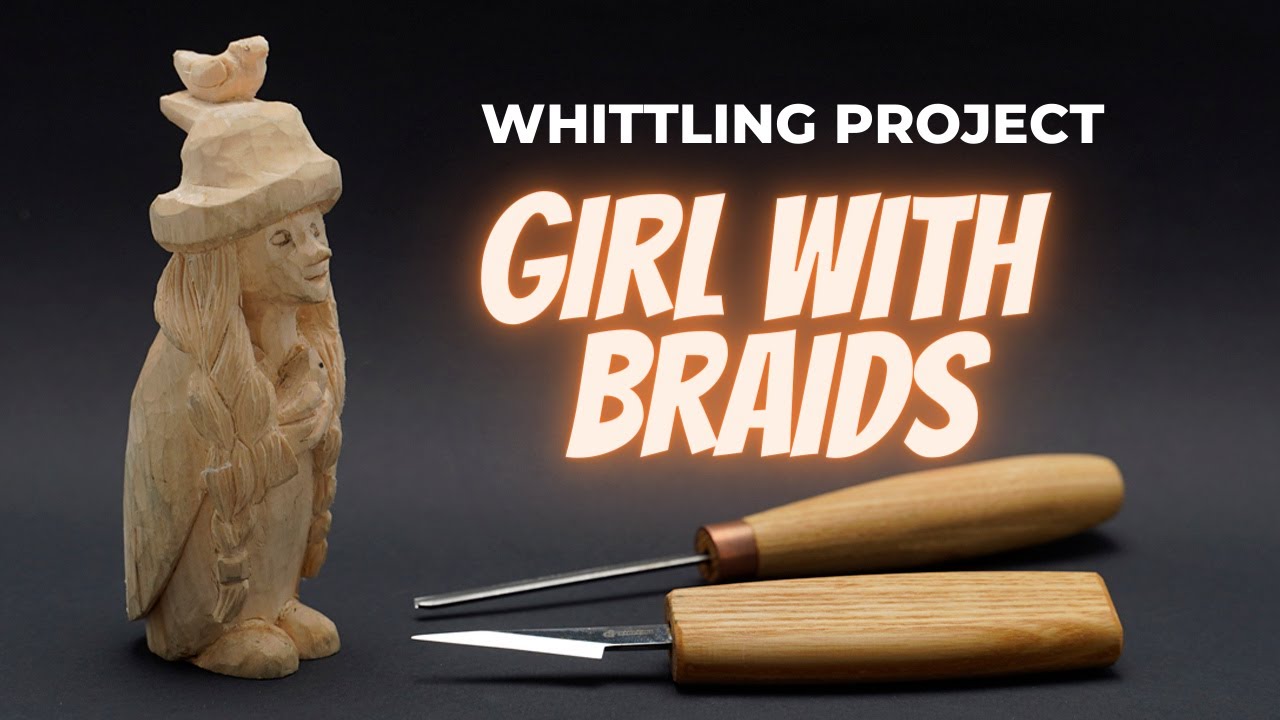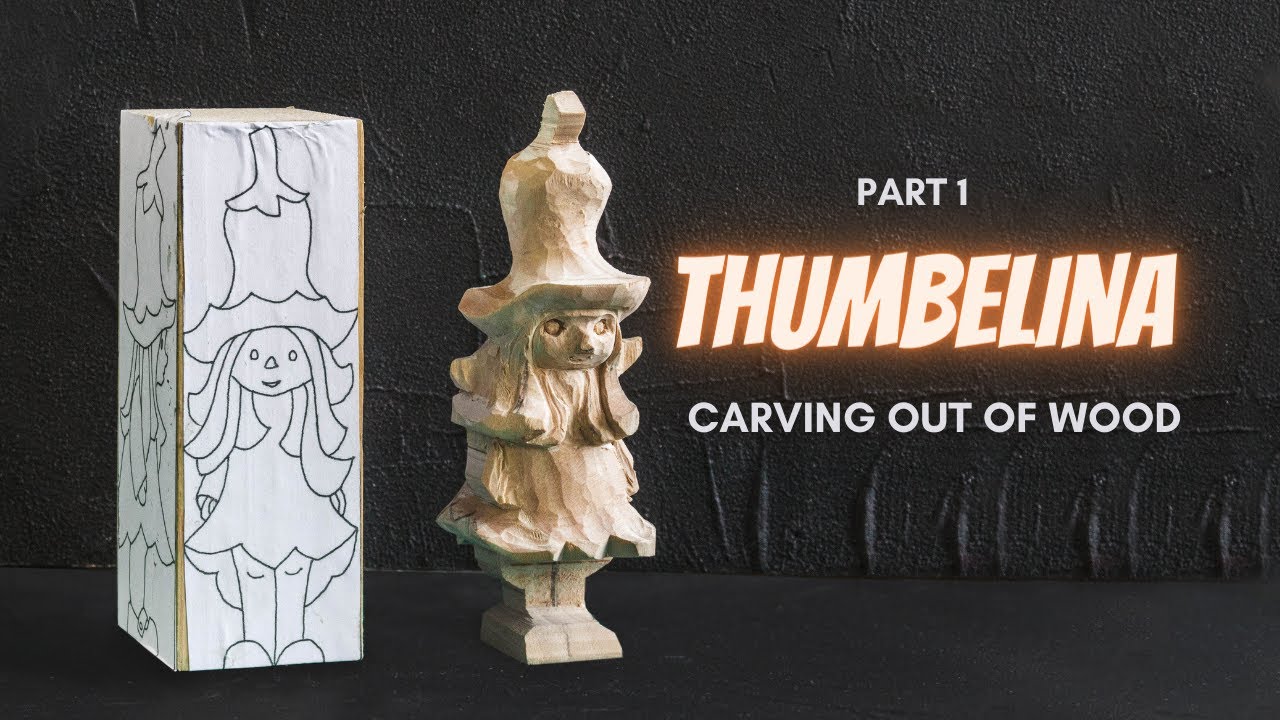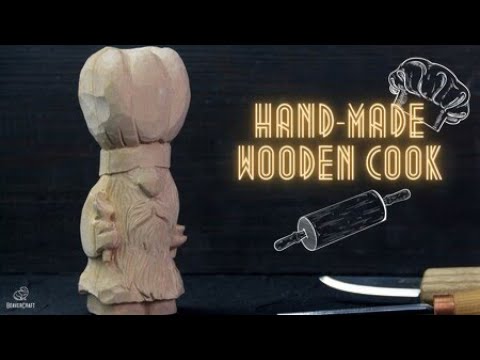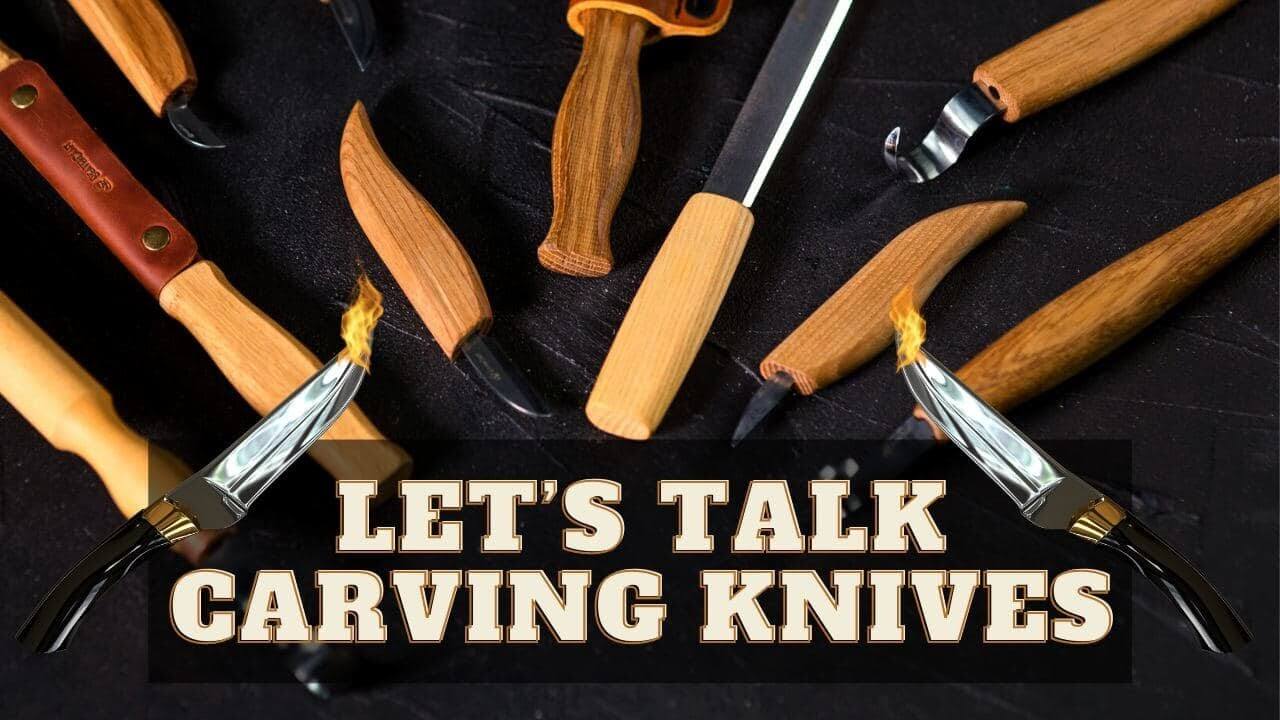Beginner Wood Carving Projects to Carve & Sell
Some fun and simple beginner wood carving projects include wooden Minions, farmers, mini Hulk, Frankenstein, gnomes, Halloween witches, knights, Bigfoot, Iron Man, Spider-Man, Chipolino, angels, Groot, little men, little girls, grannies, Vikings, Thumbelina, Native American figures and home cooks.
Whether you make a generic archetype or focus your craftwork on a particular character, making these wood carving projects is bound to result in a fun process. Once you make and carve these out, you can also go ahead and sell them online or as part of a sale or exhibition.
To get some of those creative juices flowing and help you understand how you can make wood carving projects, here is a list of some ideas you should check out. Details about the tools, type of wood, and average sale price are also provided here.
20 Best Wood Carving Project Ideas for Beginners
Here are some of the best beginner wood carving projects you can consider attempting. Take a look!
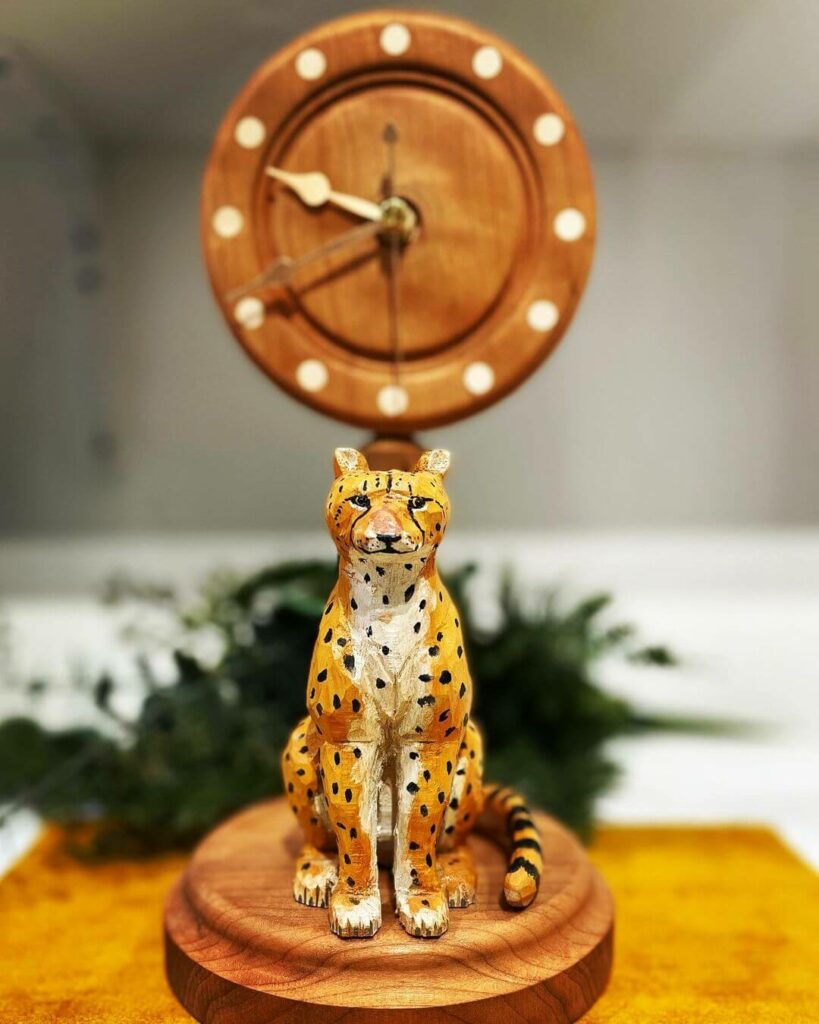
Pro Tip: Always wear protective gloves to avoid cuts or nicks on your fingers.
1 | Wooden Minion
Everyone loves the Minions from the Despicable Me franchise. If you want to try your hand at carving these Minions onto wood, you will need to gather a block of wood and stick a drawing of the Minion on it. You can also directly draw on the wooden surface.
Make use of different kinds of knives to start chipping away at the excess wood. Ideally, you should leave the more intricate carving for the end. Once you are done, you can sand the figurine and paint or stain it if you wish to.
Tools Needed
Recommended Wood
Basswood is the ideal option for this kind of carving.
Average Sale Price
$5-$8 per piece
2 | Mini Hulk
Hulk is a huge fan favorite not only among kids but also among fans of the Marvel Universe. Making mini Hulk figurines is a simple process requiring you to first draw the outline of the project on a piece of paper and stick it onto the wooden block.
Start off with the larger cuts and then move on to the smaller ones so that you can focus on the details towards the end of the process. If you do not want to use paint or stain for your figurine, you can also try finishing it off with some linseed or olive oil.
Tools Needed
Recommended Wood
Basswood, pine, cedar or butternut are good options here.
Average Sale Price
$5-$10
3 | Frankenstein Monster
The Frankenstein monster created by Mary Shelley has seen various forms of interpretations and representations in movies and shows. You can add your own version of this by creating a wood-carved Frankenstein by sketching an outline and following it while carving.
If you are starting out, make sure you start with fewer details before moving on to a more accurate representation of the monster. Use sharp knives and ensure you have sandpaper handy to help you finish the figure.
Tools Needed
Recommended Wood
Basswood is the best option here.
Average Sale Price
$10 per piece
4 | Master Gnome
Garden gnomes are all the rage all around the world to keep plants protected from small creatures, not to mention that they are pretty adorable as a display piece too. If you want to make a master gnome on a block of wood, you should first figure out the size.
It can also be well worth trying your hand at different sizes and selling them in a set. Sanding, oiling, and painting them can also add a nice polish and color to the piece. The tools needed for this piece are fewer than for the other pieces mentioned.
Tools Needed
Recommended Wood
Maple or basswood can work well for this wood carving project.
Average Sale Price
$10-15 (or more if the piece is bigger)
5 | Halloween Witch
Perfect for the spooky season, a Halloween witch can make for a scary and interesting piece of decoration for houses for your buyers. Make small figurines to place on windowsills or slightly bigger ones that can go on front porches.
Make sure you form a basic outline first so that you have a good reference point for your block of wood. Focus on distinct features like the hood or witch hat as well as the typical pointy nose. Experimenting with different knives and chisels for different features will help you achieve the desired results.
Tools Needed
Recommended Wood
Use basswood, pine, oak or black walnut.
Average Sale Price
$8-10 per piece
6 | Little Knight
Little knight figurines often make for great display pieces. Luckily, carving this figurine is quite simple since there are not many rounded cuts or intricate details, making this an excellent option for beginners.
Make sure you gather all the tools and sketch a basic drawing on a piece of paper that you can then use as a guiding point. Start cutting the wood slowly and work your way from the outer to the inner parts.
Painting this figurine is a great way to make it stand out and form a unique purchase for your buyers.
Tools Needed
Recommended Wood
You should use basswood for this project.
Average Sale Price
$10 per piece
7 | Little Bigfoot
Bigfoot is a popular legend of an ape-like creature. It has become famous as a creature in numerous tales and stories, which is why making a small figurine of Bigfoot can go a long way if you learn how to perfect it on wood. This also has a ready market if you wish to sell it.
A significant part of this project is that the details are not too strenuous, although the face and feet might require a bit of caution. Carve out the basic outline and then move on to the details. You can also add your own personal touch here!
Tools Needed
Recommended Wood
As usual, basswood is the best option here, but cedar, black walnut and cherry can also work.
Average Sale Price
$8 per piece
8 | Wood Chipolino
Chipolino is a popular and legendary figure in tales and fables. Also called the Little Onion, carving Chipolino on wood can make for a fun project. Make sure you pay particular attention to the rounded shape of this character while ensuring that the head accurately resembles an onion.
The size of your project can depend on you, but smaller figurines are ideal in this case due to their adorable shape. The facial features are a bit difficult to get right in this case, so make sure you have the right carving knives to help you out.
This project can take you an hour or more to complete.
Tools Needed
Recommended Wood
Use basswood, butternut or aspen for this project.
Average Sale Price
$5-8 per piece
9 | Wood Angel
Wood angels are ideal for household display pieces and are usually highly sought after. Note that these angels are a bit difficult to make due to the fact that you will also need to carve their wings, so try these out only after you are used to making some other basic pieces.
To make this figurine, you should use a triangular piece of wood so that you can have an easier time carving the wings. Account for the details on the hair and face as well so that you can achieve a satisfactory and beautiful end result.
Determine the size of the angel in advance as well so that you have an easier time carving it.
Tools Needed
Recommended Wood
Basswood, aspen, pine, cedar or butternut are good options for this carving project.
Average Sale Price
$10-15 per piece
10 | Little Man
Carving a little man is a relatively simple process, not to mention that you have plenty of designs to work with here. You can also try designing your own version of this man and incorporating it into your block of wood.
Make sure you sketch it out first, either on a piece of paper or directly on the wooden block. A great way to make your little man stand out is by adding accessories like collars, hats, caps or glasses. Painting the whole figuring or just some parts of it can also help it stand out.
Tools Needed
Recommended Wood
Basswood is the ideal choice for carving this figurine.
Average Sale Price
$5-10
11 | Wooden Farmer
Farmers are heroes. Making small wood figurines of farmers using carving techniques can be a great way to celebrate them while also earning some money on the side.
The easiest way to undertake this is to draw the outline on a piece of paper and stick it to the wooden block. Make sure you also draw the outlines for the sides and back. Once you do this, you can start carving the wood using different knives and tools.
Pay attention to the dimensions and overall size of your project. As a beginner, start out with a moderate block of wood to avoid too much intricacy.
Tools Needed
Recommended Wood
Basswood is ideal, but you can also try using pine, cedar or aspen.
Average Sale Price
$10 per piece
12 | Wood Granny
Whether you want to gift your own granny a wood figurine, or wish to make it available for purchase, you will need to figure out how to make the carvings in a detailed manner. This is because wrinkles on the face can take a bit of time to figure out.
Even then, however, this is one of the simpler figurines to carve on wood, although you might need to invest in a few more tools as compared to some other options on this list.
Finishing this figurine with oil or a wood stain will help preserve the natural beauty of the wood.
Tools Needed
Recommended Wood
You can basswood, pine, cedar, aspen or butternut.
Average Sale Price
$8-10 per piece
13 | Spider-Man
One of the most popular superheroes and everyone’s favorite friendly neighborhood Spider-Man is a great option for your next wood carving project. This figurine is surprisingly easy to make, although carving the spider mark on the suit can prove to be slightly tricky.
Apart from that, however, the mask is simple to make since you will essentially only need to focus on the lines. The rounded shape of the head also makes this process simple.
Tools Needed
Recommended Wood
Use basswood, cedar or butternut here.
Average Sale Price
$10 per piece
14 | I’m Groot
Groot is canonically made from wood, so what’s better than making your own Groot figurine and selling it? This beloved character is also simple and convenient to make once you form a basic outline on the block of wood.
The most distinct aspect of this figure is the spiky ‘hair’, so make it a point to pay careful attention to this part. Ideally, small figurines of Groot will be ideal for you to make due to the generally small size of this character.
Tools Needed
Recommended Wood
Basswood is the best option for this figurine.
Average Sale Price
$5-8 per piece
15 | Iron Man
Another popular and admired superhero, an Iron Man figurine, is almost always in high demand in the market. As a beginner, therefore, trying your hand at this wood carving project will help you learn some valuable skills while also being a great selling point once you perfect it.
While carving, you will need to focus on the overall shape of the head while also ensuring that the suit and eyes are accurate. The general shapes you will need to carve are quite basic, so you should have an easy time making them.
You can also choose to paint the figurine in Iron Man’s distinct red and gold colors.
Tools Needed
Recommended Wood
Balsa wood, basswood or pine are some suitable woods you can work with.
Average Sale Price
$10 per piece
16 | Mini Viking
The Norse-speaking and seafaring Vikings date back to the 8th-11th centuries. They are popular in various forms of media and tend to hold plenty of intrigue and interest. Making Viking figurines on wood is an excellent way to perfect your techniques and sell them online or through in-person stalls.
A good way to proceed here is to look up some images of Vikings and draw a basic sketch of one. Pay attention to the helmet. If you are feeling adventurous, you can also include the quintessential Viking horns on the helmet.
Tools Needed
Recommended Wood
Basswood and black walnut are some types of wood you can try out.
Average Sale Price
$10-12 per piece
17 | Native American Figure
Native American figures are great ways to celebrate a particular tribe or community. You might need a bit of experimentation and practice to perfect this kind of figurine, primarily owing to the complex and complicated headsets involved here.
Look up some images of Native American figureheads and draw them out on the wood or on a piece of paper. For the headpieces, try making more minor but multiple cuts so that you can achieve the perfect texture.
Tools Needed
Recommended Wood
Ideally, you should work with basswood to simplify the process for yourself.
Average Sale Price
$10-15 per piece
18 | Little Girl
Making a little girl figurine might sound simple, but one way to make your project unique is by adding braids or another kind of intricate hairstyle. This will make it a different element that you will be able to try out, not to mention that it might also pique some interest in your buyers.
Start out with more significant cuts on this figurine so that you can form the basic outline on the wood. You can then use smaller carving knives to make your way to the features and braids.
If you wish to add some more personality to your figurine, consider painting the little girl. You can also only paint the hair and leave it at that.
Tools Needed
Recommended Wood
Basswood is perfect for this carving project.
Average Sale Price
$12 per piece
19 | Thumbelina
Thumbelina is a well-loved animated film, with the character being a thumb-sized girl. Make a realistic representation of this character through a tiny wooden Thumbelina figurine. Make it a point to familiarize yourself with the character’s design, hair, and clothing so that you obtain a similar result in your carving project.
A great way to personalize this figurine is by painting it in the colors of the character. Pay careful attention to the facial features and ensure you sand the surface carefully to smoothen the figurine.
Tools Needed
Recommended Wood
You should make use of basswood for this, although you can also try out pine, cedar, or black walnut.
Average Sale Price
$10-12 per piece
20 | Home Cook
If you want to try making one of those royal and mighty-looking home cooks, look no further! However, you should note that this is one of the more intricate pieces and might require some practice before you can start selling them.
A great way to distinguish these home cooks is by adding a long and fashionable beard along with a unique chef’s hat. Customizing this figurine based on the requirements of your buyers or simply based on your own designs will help give you an edge.
You can also make different kinds of home cooks and sell them in the form of a set.
Tools Needed
Recommended Wood
You should use basswood for the best results, but other softwood options like pine and butternut might work well too.
Average Sale Price
$12-15 per piece
Beginner Wood Carving Projects FAQ
What Wood Is the Easiest to Carve?
Limewood or basswood tends to be pretty easy to carve due to its softwood nature. Other options like aspen, white pine, butternut, oak, yellow cedar, and black walnut are also popular in carving.
If you’re a beginner woodcarver, selecting the right type of wood can make a big difference in the outcome of your projects. While it’s true that you can carve almost any type of wood, some woods are easier to work with than others. Here are some factors to consider when selecting wood for your next carving project:
- Softness: As mentioned earlier, woods that are softer and less dense are generally easier to carve. Limewood and basswood are popular options due to their softness and fine grain.
- Grain: The grain of the wood can affect the ease of carving and the overall appearance of your project. Woods with a straight, consistent grain tend to be easier to work with and can give a cleaner finish. However, woods with more irregular grain patterns can create exciting and unique textures in your carving.
- Hardness: Hardwoods like oak and black walnut can be more challenging to carve due to their density and hardness. However, they can also create stunning and durable finished pieces.
- Availability: Some types of wood may not be readily available in your area, which can impact your choice. It’s important to consider what types of wood are accessible to you and what fits within your budget.
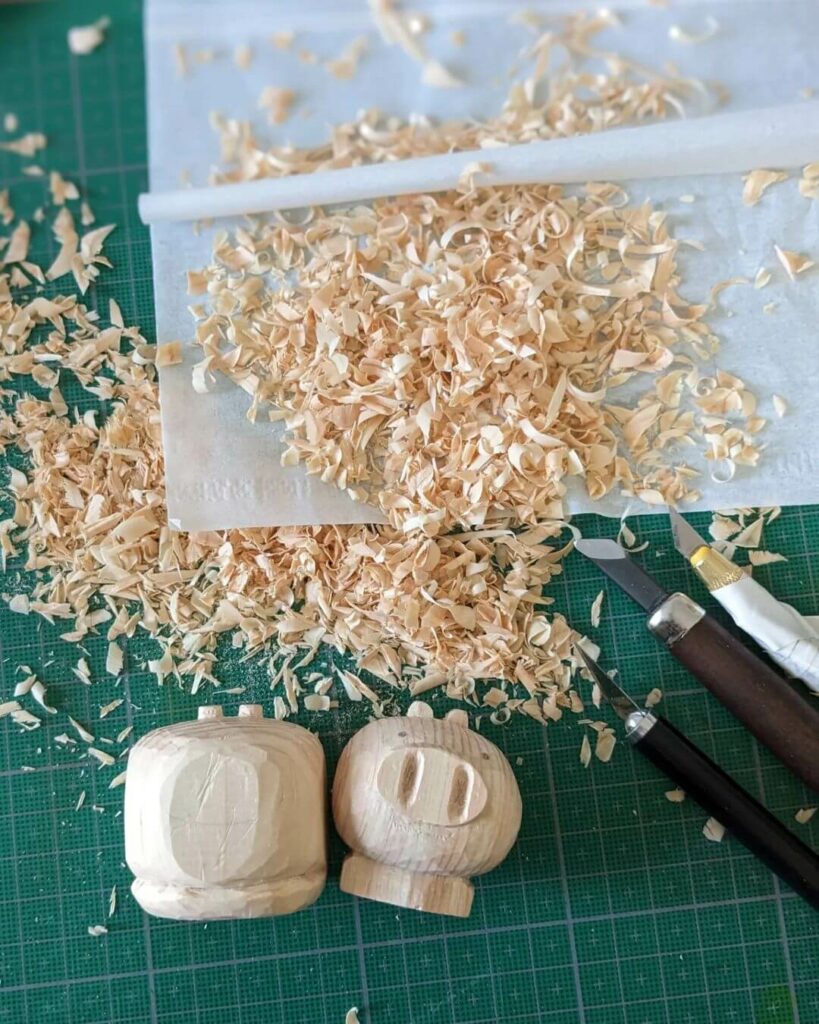
What Is the Hardest Wood to Carve?
The lignum vitae is the most complicated wood to carve since it is one of the hardest and densest woods in the world. The Australian Buloke is also pretty tough to work with, as is teak.
If you’re a woodcarver, you know that not all woods are created equal. Some types of wood can be extremely difficult to carve, even for experienced woodworkers. Here’s a closer look at some of the hardest woods to carve:
| Wood Type | Janka Hardness Rating | Characteristics |
|---|---|---|
| Lignum Vitae | 4500 lbf | One of the densest and hardest woods in the world, Lignum Vitae is an oily wood that can be difficult to carve due to its high density and tendency to dull tools quickly. It is often used in applications where high strength and durability are required, such as shipbuilding and bearings. |
| Australian Buloke | 5060 lbf | Also known as Bull-oak or Desert Oak, Australian Buloke is a dense and extremely hard wood that can be challenging to carve. It is often used in outdoor applications due to its high resistance to decay and insects. The wood is so dense that it will sink in water and is often used to make tool handles and mallets. |
| Teak | 1000-1155 lbf | Teak is a popular wood in furniture and boat building due to its durability and water resistance. While it is not as hard as Lignum Vitae or Australian Buloke, its high oil content can make it difficult to work with. Teak is also prone to splitting, which can be frustrating for woodworkers. However, with the right tools and techniques, it can be carved into intricate and beautiful designs. |
When working with these hardwoods, it’s important to use the right tools and techniques to avoid damaging your tools or injuring yourself.
Carbide-tipped tools are a good option for carving hardwoods, as they can withstand the high density and abrasive nature of these woods.
Additionally, carving in the direction of the grain and using a light touch can help prevent chipping and splitting. Remember to take your time and be patient, as carving hardwood can be a time-consuming process.
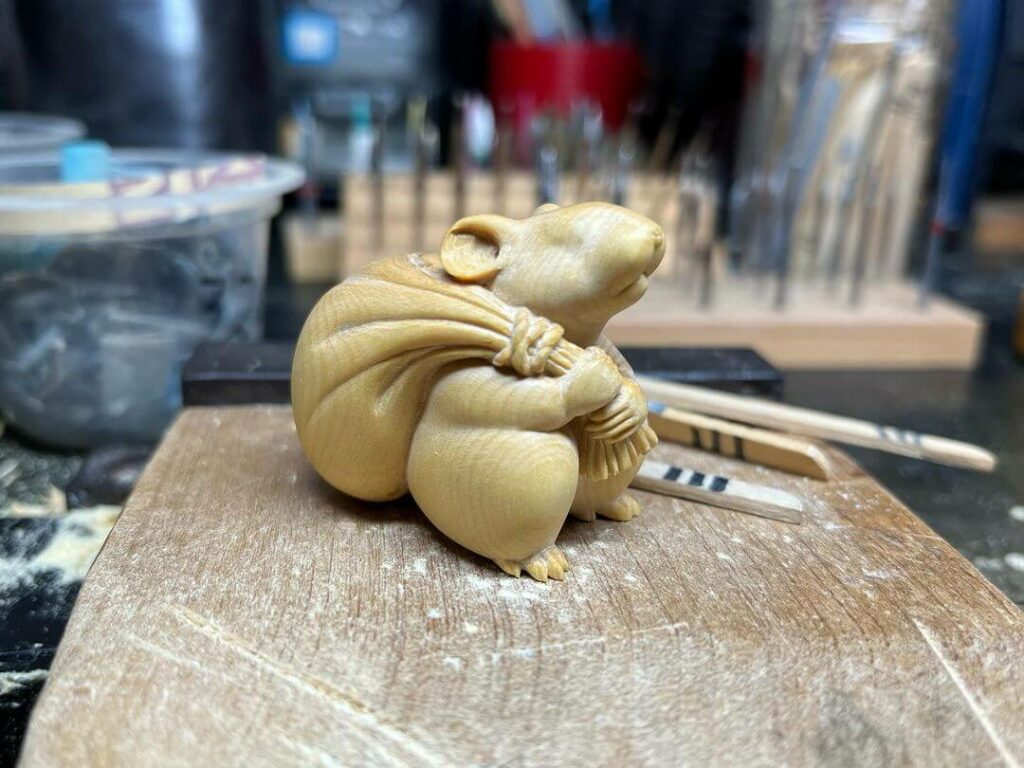
Is It Better to Carve Wood Wet or Dry?
Making the wood a bit wet before carving is a great way to soften it up so as to make the process easier for yourself.
However, making it too wet can also lead to too much water absorption, resulting in easier warping, breakage, and damage. A good solution here is to combine some isopropyl alcohol and water and spray it over the wood before you start carving.
After treating the wood, you’ll want to use a moisture meter to test the moisture content (MC) of the wood.
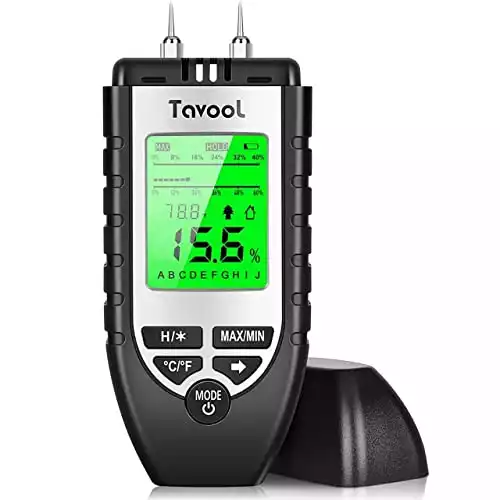 Digital Moisture Meter for Wood
Digital Moisture Meter for Wood
- Accurately locate excessive moisture content within wooden materials including floors and walls with this moisture meters 2 pin precision system.
- With 8 calibration scales, you can easily assess any piece of lumber before cracks, splits, warping becomes a problem in everything from walnut to pine.
- Select from two different measuring modes to precisely assess the %MC (Moisture Content) and the potential moisture level growth.
- With its bright LED display, strong stainless steel pins, automatic shutdown, and memory function, this is the best budget moisture meter available.
What Tools Do You Need for Basic Wood Carving?
Here is a list of some tools that you need for basic wood carving:
Make sure you familiarize yourself with these knives while also learning how to hold and use them properly.
How Do I Start Learning Wood Carving?
Online courses are great ways to learn wood carving. There are many online tutorials as well that you can check out, especially if you want some specific instructions.
Online learning platforms are excellent places to start, so you can easily find a reliable course on one.
We highly recommend the Wood Carving for Beginners course on Udemy. It offers 2.5 hours of on-demand video, lifetime access, and a certificate of completion.
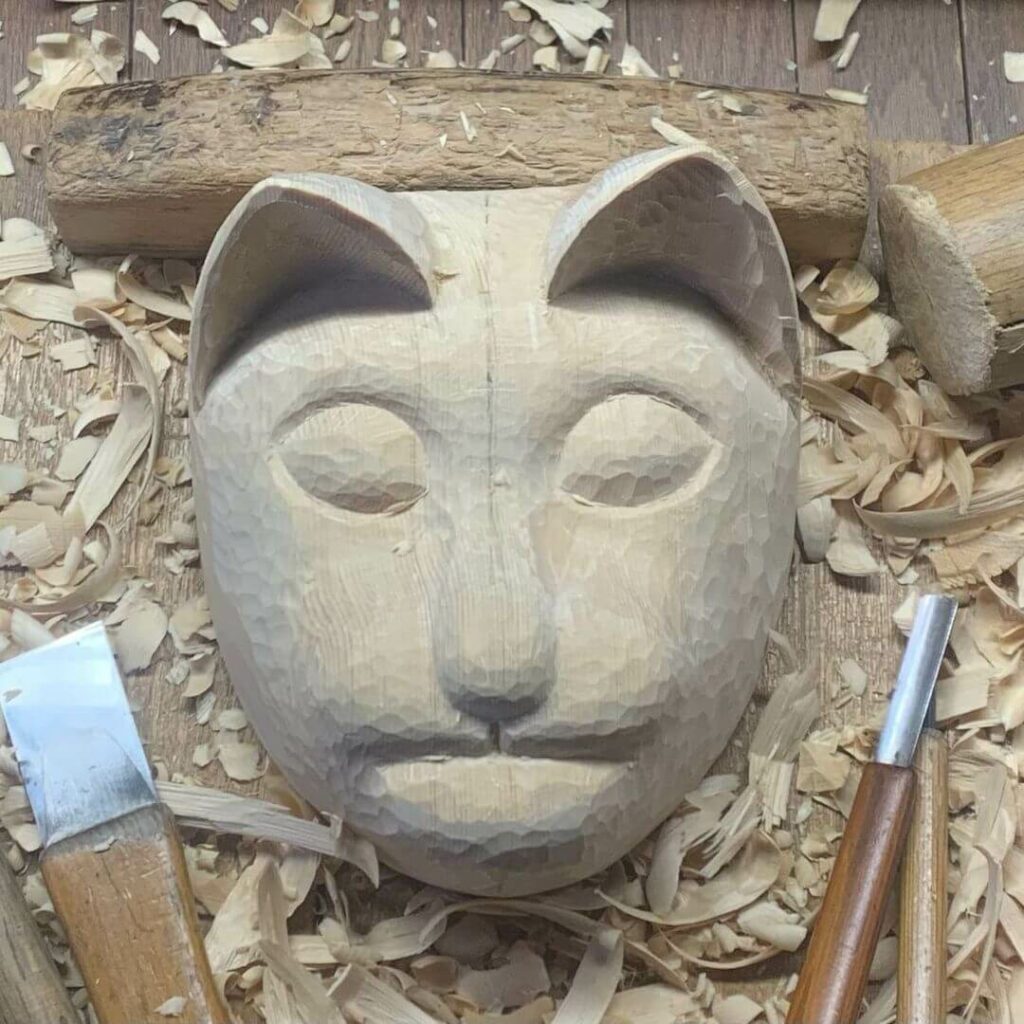
In Conclusion
If you are a beginner, it is essential to first understand and learn about some basic tools and techniques before moving on to the process of wood carving.
Once you obtain the necessary tools for yourself, you can move on to trying out some simple yet exciting wood carving projects, such as the ones mentioned in this article.
You might have to go through trial and error to perfect them before you sell your woodworking projects online. Places such as on your website, Etsy or even on social media will do the trick. Do a bit of market research and establish a fair price to pique interest in your work.

